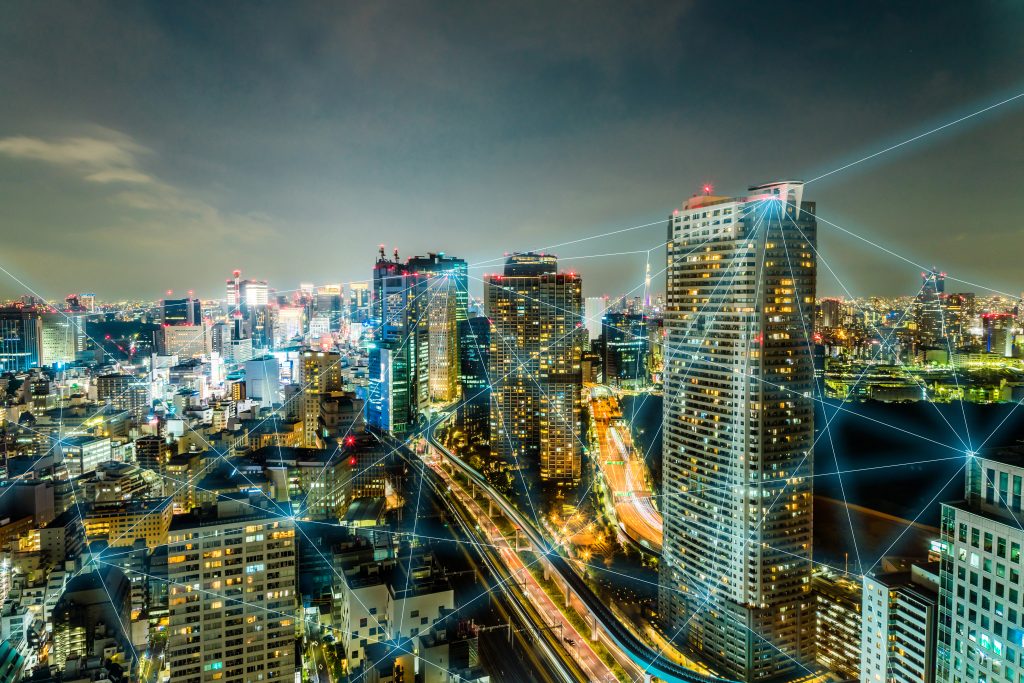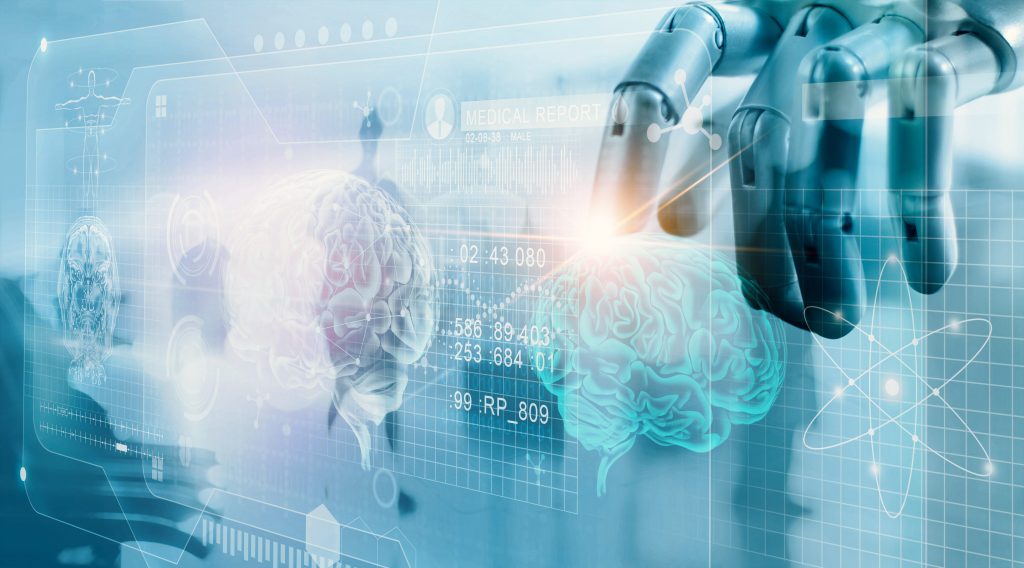
This year’s first-stage rollout of 5G, with its high speeds and low-latency response times, is a harbinger of the upcoming transformation of healthcare. 5G will enable advances in patient personalization—like continuous monitoring of an individual patient’s everyday health through IoMT devices and wearables, and remote diagnosis and delivery of healthcare. It will make possible in-home digital therapeutics aided by VR and AR. And it will unleash AI/machine learning onto big data to optimize healthcare diagnoses and insights.
A New Age of High Speed Patient Care
In short, 5G is going to help usher in the connected, integrated vision of healthcare that professionals in the field have been chasing for years to improve care and drive down costs. For example, imaging machines like MRIs generate huge files for specialist review. 5G will speed lagging, low-bandwidth transfer times, where patients wait longer for treatment, and providers twiddle their thumbs when they could be advancing the diagnosis or seeing other patients.
Accessible Healthcare on the Move

Bringing the IoMT to individual patients in the form of wearables will be another huge 5G advance. Connected wearables, along with smartphone apps that gather health information, are increasingly recognized as a great way to increase patient engagement with their own health, and inject a more preventative, early intervention mindset into healthcare delivery.
Specialist Insights on Demand
Underserved geographies and patients will also be beneficiaries. In remote locations, it’s often difficult to do much in emergencies beyond patient triage and waiting for medical evacuation. 5G will allow responders to quickly upload imaging data from these locations to specialists who can direct local medical providers in care choices that will make a difference in countless lives.
Convenient in Your Home Service
“Meeting” with a doctor via a computer, tablet, or mobile device through 5G-powered telehealth will save time, reduce waits, and lead to more frequent check-ins. Physical therapists can deliver services remotely to patients in their homes. Training will see a boost—medical students can “attend” remote surgeries for instructional purposes in near real time.
An Intelligent Approach to Patient Care

AI and machine learning will be critical to 5G’s success in healthcare. In the massively connected healthcare paradigm of the near future, vast amounts of data will be sluicing through the network from electronic health records, wearables, imaging files, and so forth. Medical providers simply cannot master, understand and act correctly on this data without the machine assist of self-learning compute engines.
Artificial intelligence will work its magic at both the 5G “edge” and in the cloud. Edge computing is critical in sectors like healthcare—where milliseconds of data latency are vital—by placing small-form processing, along with storage and connectivity, at or close to the device where the data is generated.
As the 5G-powered IoMT links millions of machines, devices and objects to the web to collect data, AI at the edge can more quickly process data where actions are time-sensitive. Other data can then flow to data centers and the cloud, where machine learning will focus on larger, global sets of healthcare data, to unearth deeper patterns.
